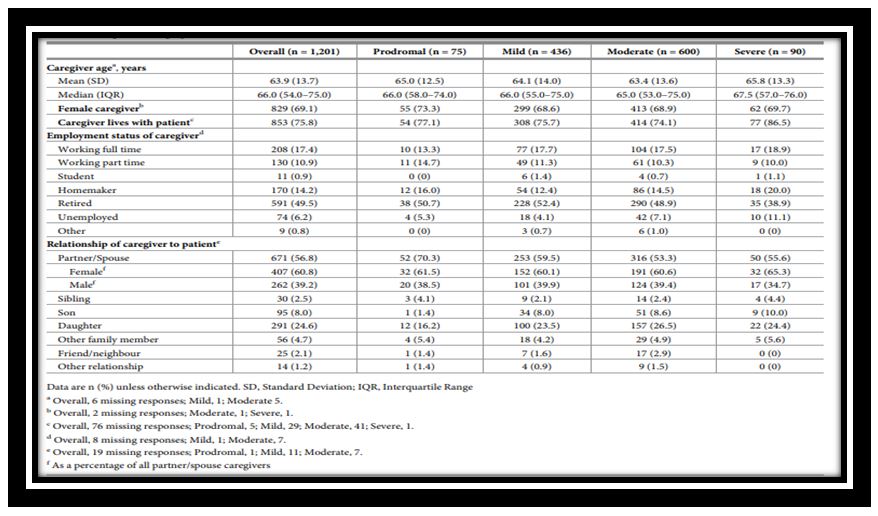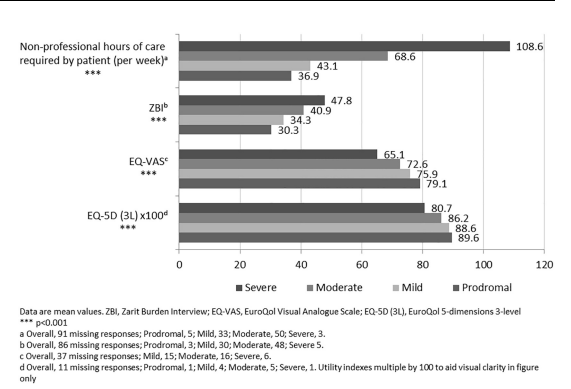Introduction. Non-professional Care Giver
They are primarily friends and relatives of the patient who offer to provide care without any academic and professional qualifications (For caregivers, 2022).
The reasons for collaborating with them include:
- In most cases they understand vital information about the patient such as the history of presenting illness, allergies, and past medical history.
- They offer services such as reminding patient to take medication, hygiene, and offering other forms of help.
- Most patients trust them and may reveal important information to them.
When people are sick, there are some tasks that they cannot do alone. Therefore, there relatives and friends always step in to provide assistance which may include taking them to the hospital and assisting them with some tasks like cooking until they get well. The unprofessional caregivers have relevant information that can be of value in the continuum of care.
Demographic of Caregivers according to Black et al. 2022

People in their middle adulthood are more likely to take up caregiving roles because they are strong with better immune system while their parents may be aging and they may have young children who are vulnerable. The advantage is that they are strong and likely to have the basic education to collaborate with the nurses in providing care.
Easing the Burden of Non-professional Caregivers

Patients require more time with the none-professional caregivers compared to the nurses as indicated in the graph (Black et al., 2018). Patients whose independent functions are severely affected require more help. It is vital to educate the caregivers on how they can manage patients to prevent developing sore or transfer of diseases. When collaborating with caregivers the burden eases and the patient receives better care.
References
Black, C. M., Ritchie, C. W., Khandker, R. K., Wood, R., Jones, E., Hu, X., & Ambegaonkar, B. M. (2018). Non-professional caregiver burden is associated with the severity of patients’ cognitive impairment. PLOS ONE, 13(12), 1-14. Web.
For caregivers, family and friends. (2022). Centers for Disease Control and Prevention. Web.